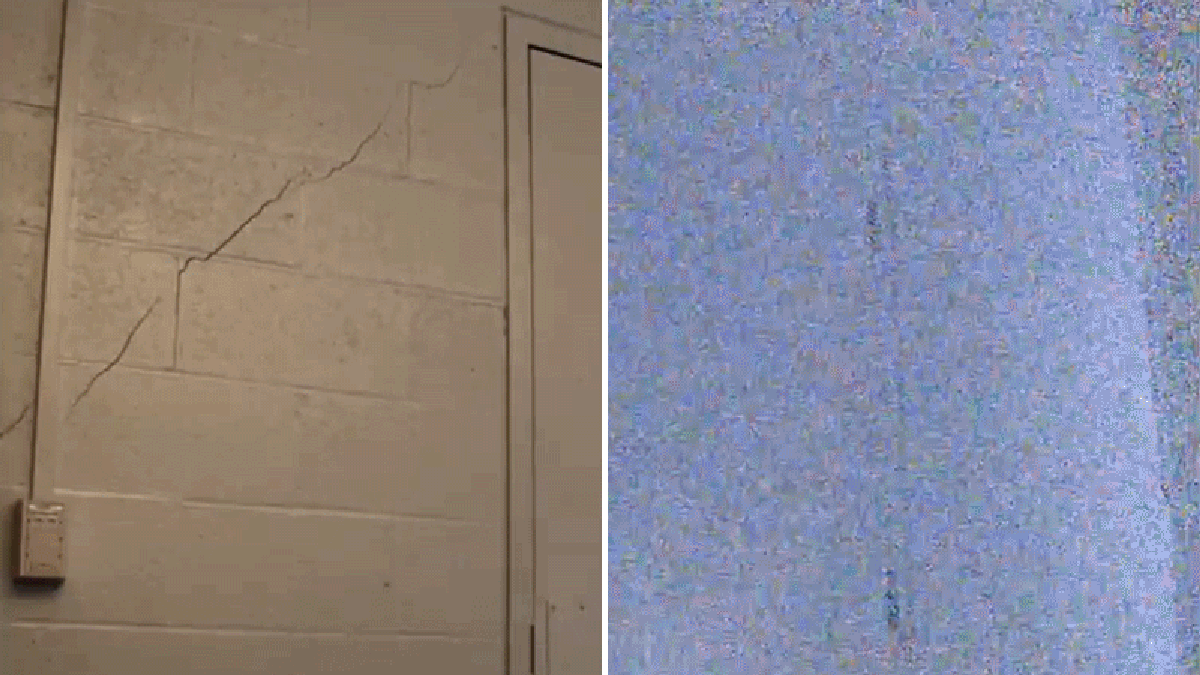
The researchers then did essentially the same thing in a different room with a different wall, but with specific numbers of people doing very specific actions and movements. This footage was used to train a neural network so that it was able to recognize what shadow movements were produced by what actions, and how many people were doing them. Once trained, the neural network was able to make these deductions on footage of any blank wall (it didn’t matter if it was completely clean or had details like door frames, light switches, etc.) with an impressive 94.4% accuracy when counting the people in the room, and 97.3% accuracy when recognizing their specific activity.
G/O Media may get a commission
Is it time to keep your blinds and curtains closed 24/7? Not quite yet. As with most approaches that rely on neural networks, the system has to be trained to on what actions it’s supposed to recognize, and while there’s not an infinite number of things one can do in a room, trying to train an AI on all the possibilities is simply impossible. However, there is the possibility to train it on illicit activities specifically, but it’s hard to say if the technique is smart enough to recognize someone handing over a suitcase full of money as a bribe.
The system can also be rendered completely useless in the presence of flickering light, like from a candle, or a television in the room. The constantly changing light intensities makes it impossible to discern shadows created through movement versus shadows created from the flickering. The performance is also poor in dimly lit rooms, which is probably a limitation that comes from the current capabilities of video cameras, so if you don’t want anyone snooping on you, either keep the lights off, or swap all your lamps for candelabras.
Advertisement